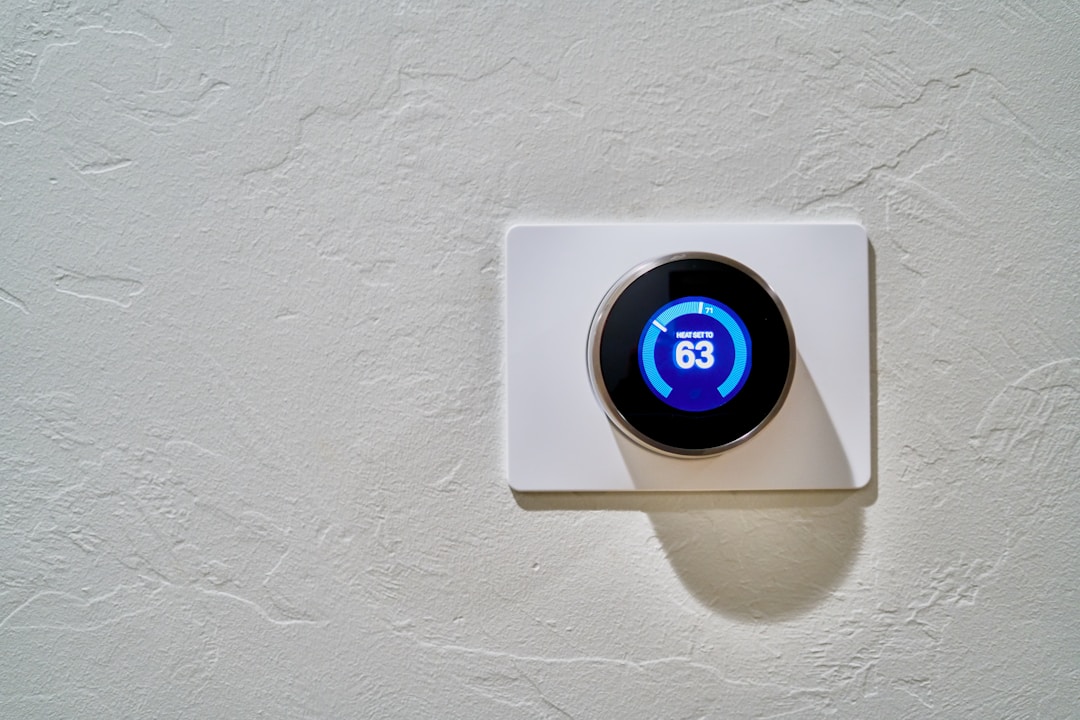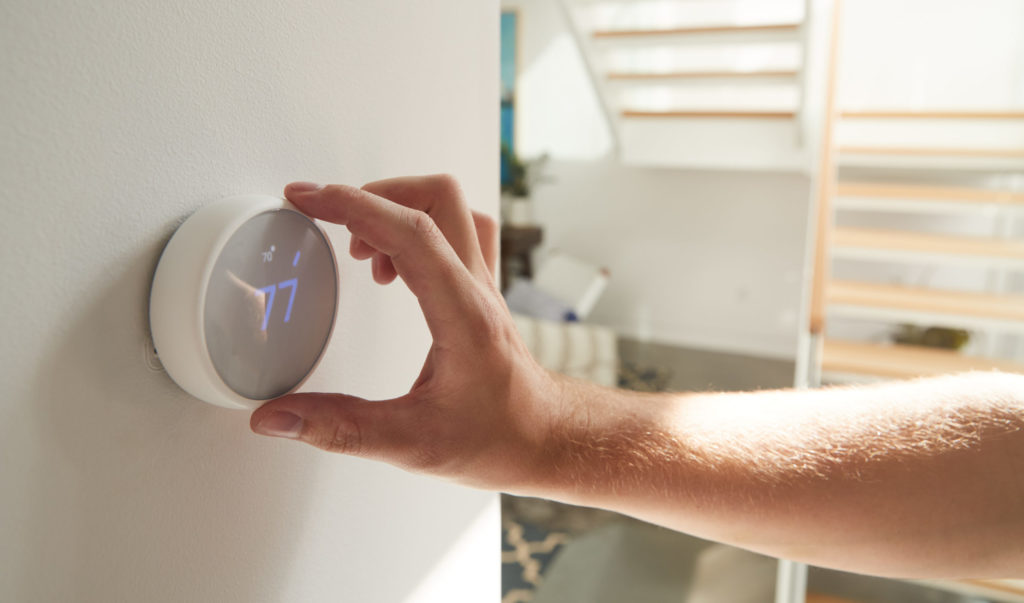While you might be putting an emphasis on the HVAC system that you have in your household, it’s just as important to have the right thermostat in place to make sure your household is able to be at the temperature you want. The right thermostat can also have an impact on your home’s energy bill every time your air conditioner or furnace is triggered. Here are some things to consider when choosing the best thermostat for your household.
Figure out the heating and cooling system you have already.

If you’re wondering how to shop for the right thermostat, you’ll want to start with learning which HVAC system you have already, and what styles of thermostats will correspond with the unit. A cooling or heating system can have a lifespan of anywhere from 15 to 20 years, and issues with wires, sensors, and other elements of a thermostat can actually impact the life of the unit.
Upon installation of the HVAC system, ask your HVAC technician for advice on the options for your home’s heating, along with the potential for an Energy Star thermostat or unit that seeks to provide greater efficiency. Homeowners should also remember that a thermostat is part of a regular routine of HVAC maintenance. Gunk and dirt can start to build up within a thermostat, halting wires and motion sensors from being able to properly trigger a heat pump or the air conditioner.
Weigh the types of thermostats.

There are various types of thermostats on the market to choose from. Traditional mechanical options are a better option for homeowners who are at home and can be set at a fixed temperature. There are also digital thermostats that provide a clear readout, however, you cannot put temperature settings in place with these models. Programmable thermostats have become a popular option to have standard settings in place for your heating and air conditioning. This kind of thermostat has now evolved even further into new smart technology.
Smart thermostat technology learns from the patterns of you turning the HVAC system on and off, creating a schedule based on your preferences through a smart user interface. Today’s thermostats have evolved beyond relying on basic remote sensors and a common wire. Smart thermostat models are doing more than just dealing with a set temperature: They are an added element of a smart home. This provides a more energy-efficient solution to control your home’s temperature. These smart thermostats connect to your home’s Wi-Fi and can be monitored and managed with the help of an app on your smart devices.
Consider the placement of the new thermostat.

If you are concerned about how any type of thermostat is going to look on your wall, explore your options. Some thermostats have a basic look, while others offer a more tech-enhanced design, teaming up with the likes of an Amazon Alexa or a Google Assistant. As nice as a thermostat may look, it’s important to avoid misreadings among thermostat settings, while keeping your household at the right temperature. The right model needs to be able to correlate properly with electrical wiring.
Any thermostat should be kept away from direct sunlight. This can lead to an incorrect reading on the internal temperature by sensors because of the heat of the sun. You should also avoid placing a thermostat in cold spots around the house, as this too will lead to an inaccurate reading of the temperature. The best place to put a thermostat throughout the house is in a hallway kept away from windows and doors, where it is accessible and not being hit by natural light.

